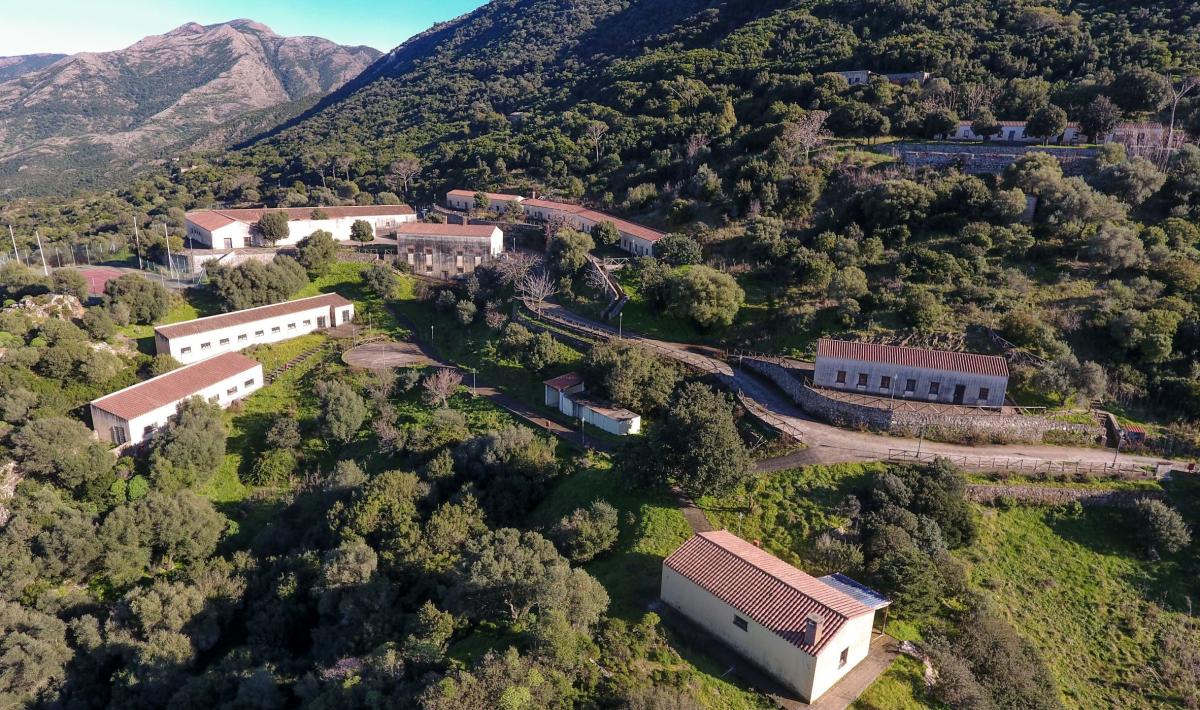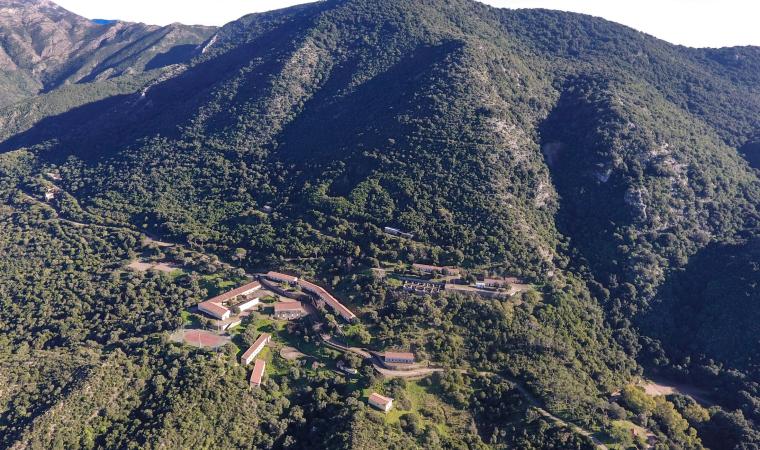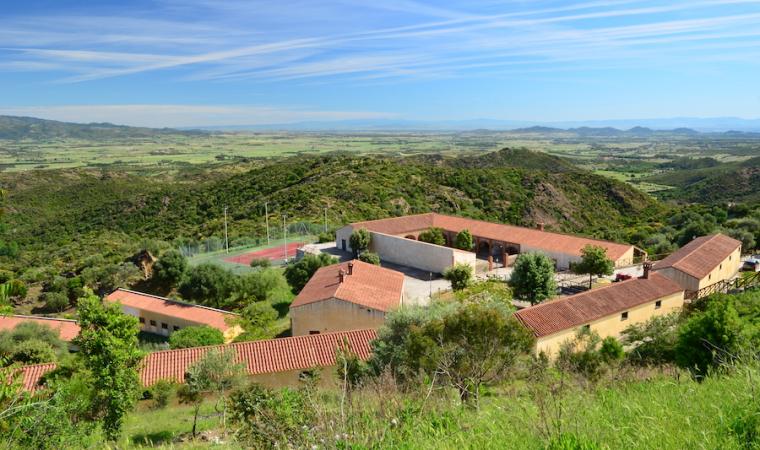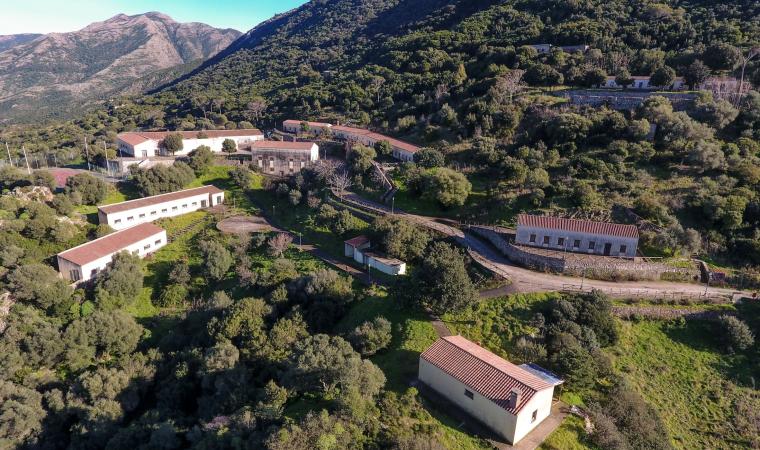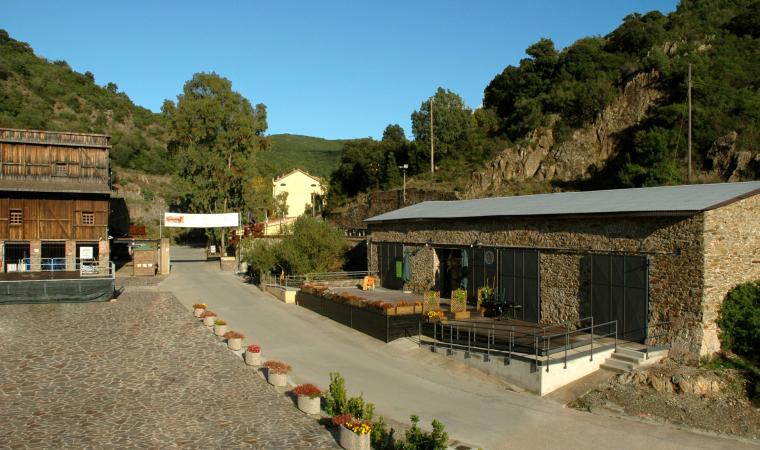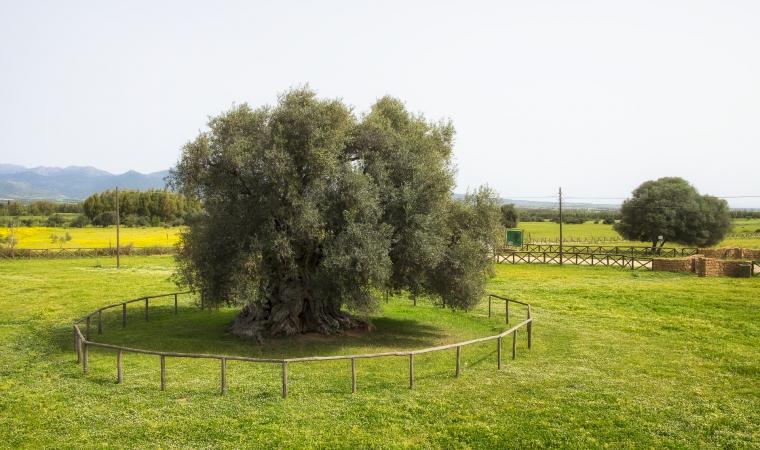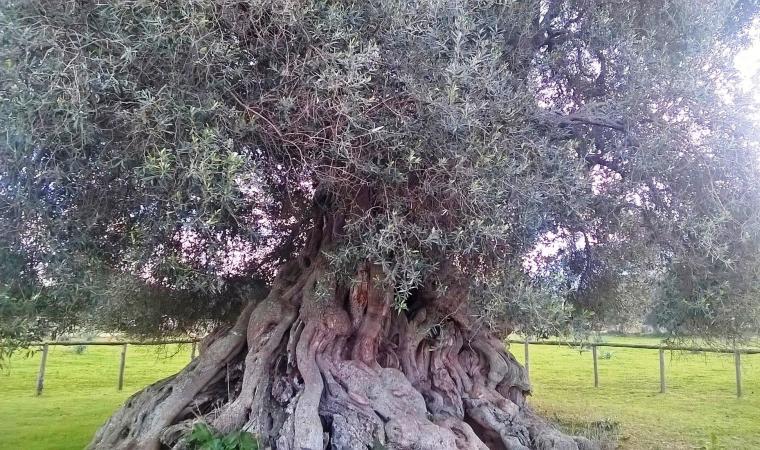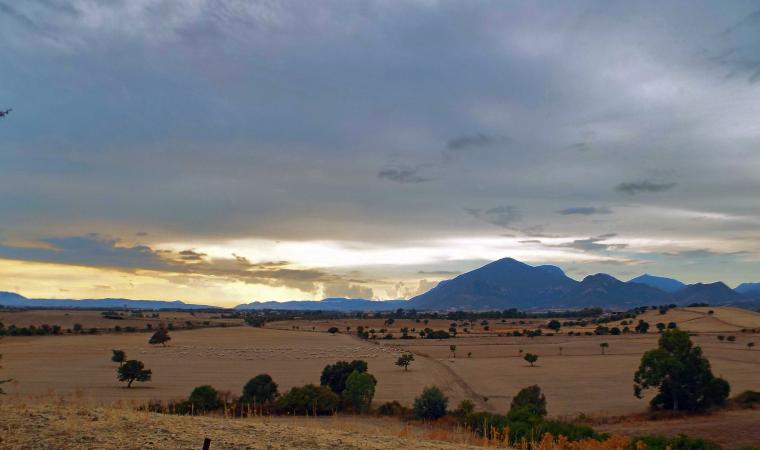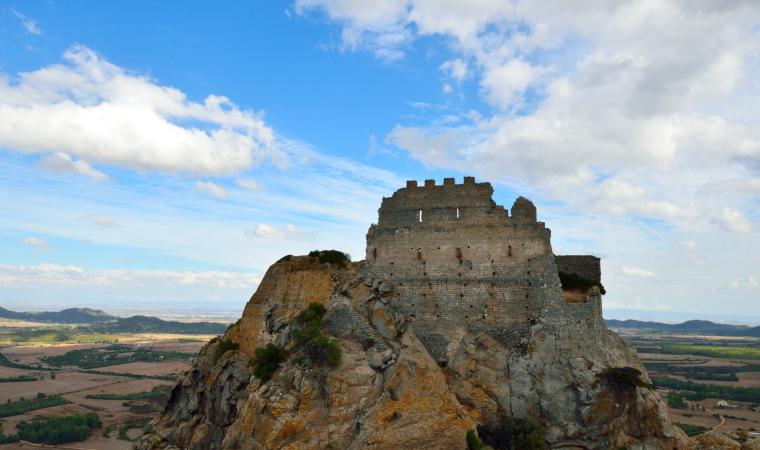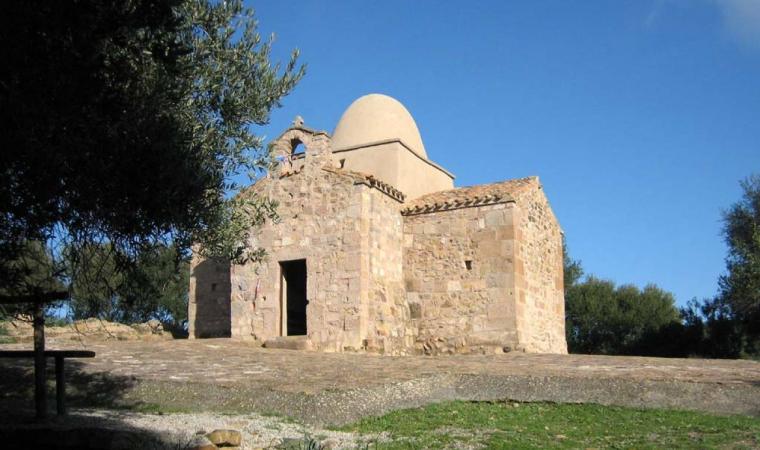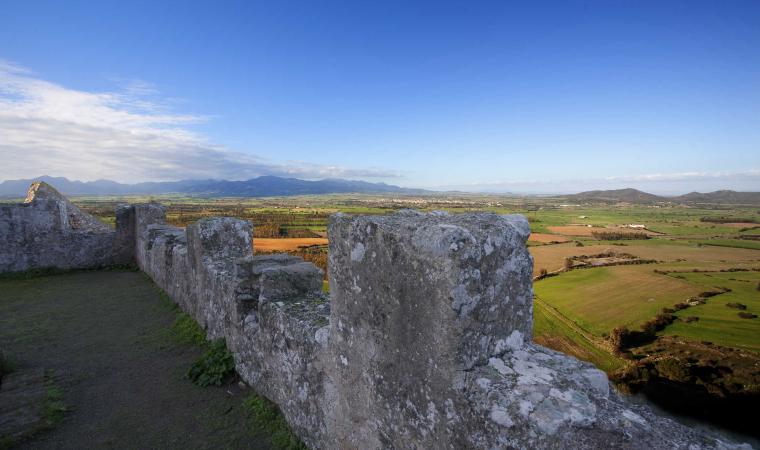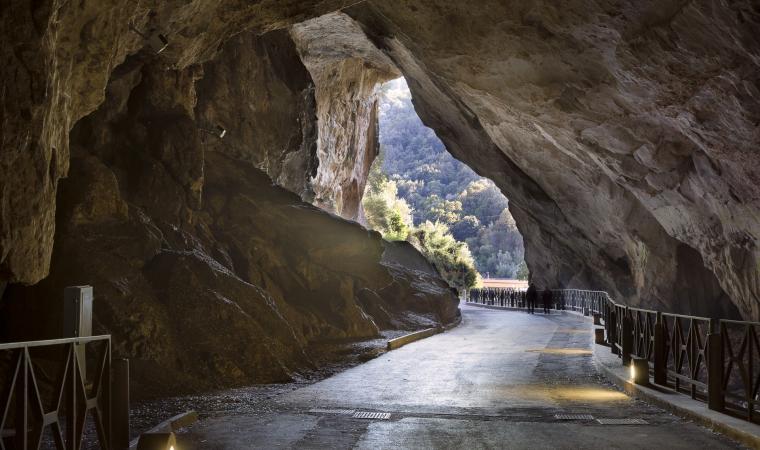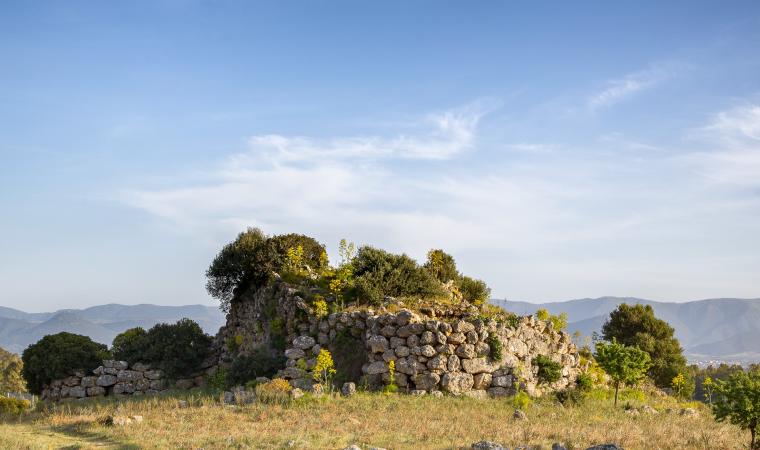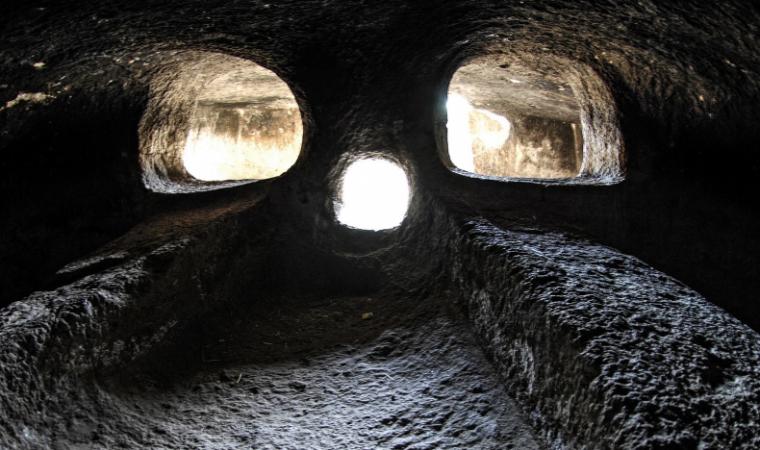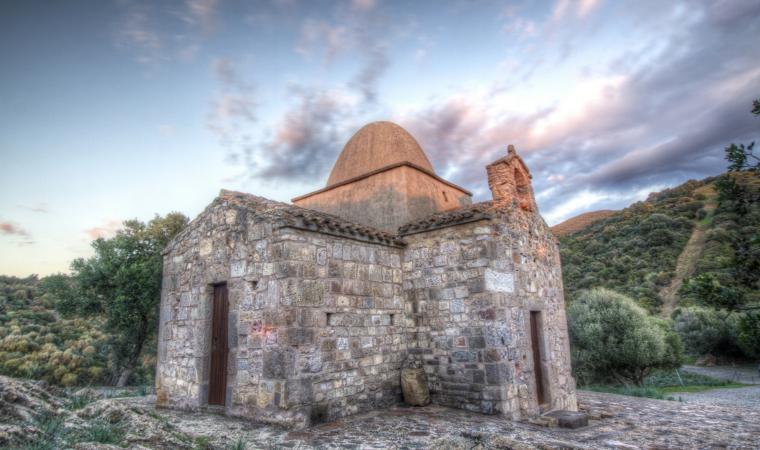Paradoxically, its most captivating feature, that of being located in the middle of a lush forest with a splendid view of the Cixerri river valley, contributed to its decline, until it closed down. Its isolated position, the difficulty in reaching it and the consequent excessive cost of transporting lead, zinc and barium extracted from its quarries, together with the collapse of their price on the international markets, meant that the gates of the Orbai mine already closed in the 1950s. Today, abandoned buildings remain, bearing witness to a historical period that saw the emergence of dozens of small workers’ villages around wells and tunnels throughout the Sulcis – Iglesiente and Guspinese areas, characterised by the hard work of the miners and the continuous coming and going of people and means of transport, after which it entered a melancholy decline towards the last decades of the 20th century.
The village of Orbai is located on the slopes of the mountain of the same name, in the territory of Villamassargia, and was active for about 80 years. The first concession dates back to 1872, in favour of a company known as ‘degli Orbi’, which is where Orbaigets its name. An English company, United Mines Ltd, then an Italian-French company, Pertusola, were entrusted with it, building a small village and a washing plant. In 1943, the concession passed to the ‘Orbai mine’ company, which built a modern flotation system. Following an unsuccessful relaunch attempt in the early post-war years, the mine was closed and the concession was considered to have ceased to exist for good in 1968. Today, you can see the area of accumulation of flotation sludge and, not far away, the remains of the washing plant and furnace. Continuing along the path that branches off between holm oaks and strawberry trees, you will come to the village, with the recently-restored buildings that originally contained the management offices: along one side there are the houses intended for the miners, many of which have never been lived in.
You will come to Orbai by following provincial road SP 2 towards Villamassargia and taking the signposted diversion on the left. Alternatively, you can visit Orbai as the second stage of a tour coming from the mine of Rosas, in the territory of Narcao, along a route that stretches eight kilometres into a dense forest. Rosas is an open-air industrial archaeology museum, where a washing plant with a wooden roof stands out, in which there is a museum exhibition.
In the territory of Villamassargia, there is not only industrial archaeology, but also prehistoric traces dating back to the Bronze Age, as shown by the Santu Pauli and Monte Exi nuraghi and the Giants’ Tombs of Monte Ollastu. The town played an important role in the age of the Judicates, when the castle of Gioiosa Guardia was built, a ‘lookout’ over the Cixerri valley and the park of centuries-old olive trees s’Ortu Mannu, dominated by sa Reina, a natural monument with a trunk that has a 16-metre circumference.

